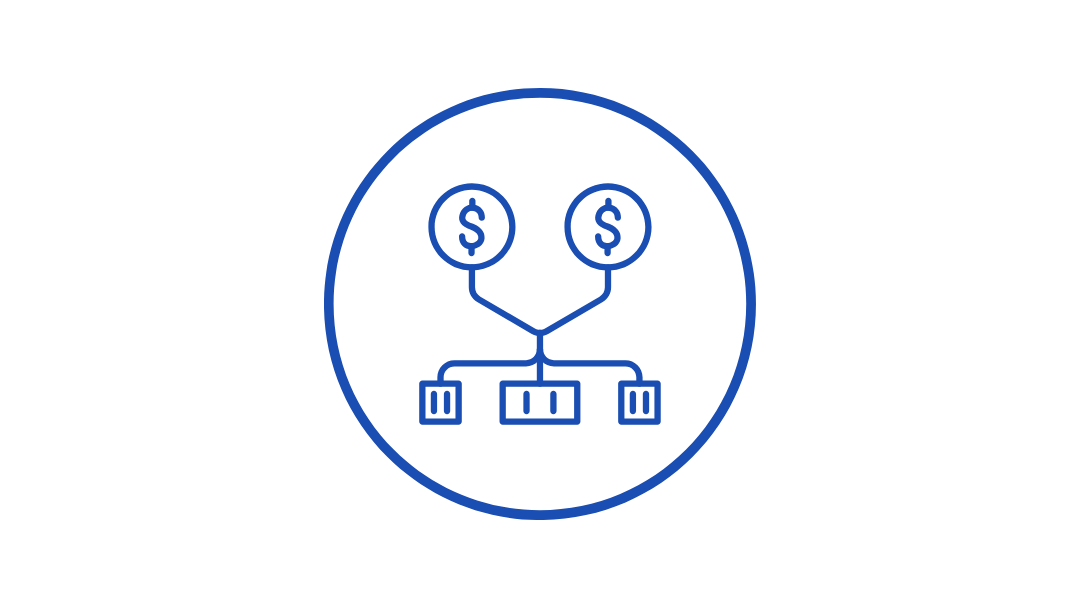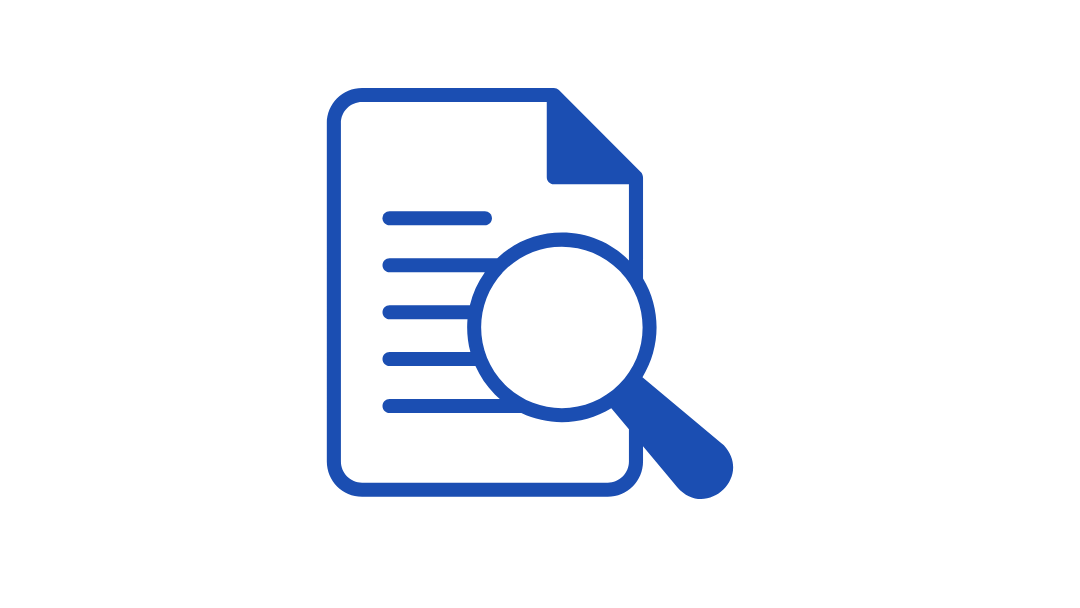Image source: Canva.com
If you’re considering going solar, you’ll likely receive a proposal from one or more solar companies. These proposals can be packed with technical details, financial projections, and unfamiliar terms, making it difficult to know exactly what you’re agreeing to. Here’s a straightforward guide to help you understand solar proposals and make an informed decision.
Start with the System Size and Design
The first thing to check in a solar proposal is the size of the system being recommended. The size is usually measured in kilowatts (kW), which represents the total capacity of the solar panels. The proposal should explain how the system size was determined based on your energy needs.
What to Look For

Energy Usage Analysis
The proposal should include a breakdown of your current energy usage, usually in kilowatt-hours (kWh) per month.
System Size Justification
The size of the system should align with your energy needs, with some allowance for future growth or efficiency improvements.
Understand the Cost Breakdown
Solar proposals should provide a clear breakdown of the total cost of the system, including equipment, installation, and any additional services. It’s important to understand what you’re paying for and whether the costs are competitive.
Key Cost Components

Equipment Costs
This includes the cost of the solar panels, inverters, mounting hardware, and any other necessary equipment.
Installation Costs
This covers labor, permits, and any additional work needed to install the system.
Other Fees
Look for costs related to system monitoring, warranties, or maintenance services.
Review the Financial Incentives
Solar energy systems are often eligible for financial incentives that can significantly reduce the upfront cost. Your proposal should clearly outline these incentives and how they impact the overall cost.
Common Incentives

Residential Clean Energy Credit
This allows you to deduct a percentage of the cost of installing a solar energy system from your federal taxes.
State and Local Rebates
Many states and municipalities offer additional rebates or incentives.
Net Metering
If your utility offers net metering, you can earn credits for excess energy your system generates, which helps offset your electricity bill.
Evaluate the Financing Options
Solar proposals may offer different financing options, such as purchasing the system outright, leasing it, or entering into a power purchase agreement (PPA). Each option has its pros and cons, so it’s important to understand the financial implications of each.
Financing Options Explained

Purchase
You own the system outright, which can offer the greatest long-term savings but requires a higher upfront cost.
Lease
You pay a fixed monthly amount to use the system, with little or no upfront cost. However, you do not own the system.
PPA
You agree to buy the electricity generated by the system at a set rate, which may be lower than your utility rate. Like leasing, this involves little upfront cost but no ownership.
Look at the Savings Projections
A key part of any solar proposal is the projected savings. This section estimates how much money you’ll save on your energy bills over time. Be cautious and make sure these projections are based on realistic assumptions.
What to Check

Electricity Rate Assumptions
Ensure the proposal doesn’t assume unrealistically high increases in electricity rates, which would inflate savings.
System Performance
The estimated energy production should be based on factors like your location, roof orientation, and potential shading.
Payback Period
This is the time it will take for your savings to cover the cost of the system. A shorter payback period usually indicates a better investment.
Understand the Warranties and Maintenance
Solar systems typically come with warranties for both the equipment and the installation. These warranties protect you in case something goes wrong, so it’s important to know what’s covered and for how long.
Types of Warranties

Equipment Warranty
Covers the solar panels, inverters, and other components, usually for 10-25 years.
Performance Warranty
Guarantees that the system will produce a certain amount of energy over time, typically 80-90% of the original output after 20-25 years.
Installation Warranty
Covers any issues related to the installation, such as roof leaks, and often lasts 5-10 years.
Check the Company’s Reputation
Before signing a contract, research the solar company’s reputation. Look for customer reviews, ratings, and any complaints that might indicate issues with the company’s products or service. A reputable company should be transparent and willing to answer any questions you have.
How to Research

Online Reviews
Check platforms like Google, Yelp, and the Better Business Bureau (BBB) for customer feedback.
References
Ask the company for references from past customers.
Licensing and Certifications
Verify that the company is licensed and certified to install solar systems in your area.
Ask Questions and Seek Clarification
If anything in the proposal is unclear, don’t hesitate to ask questions. A good solar company should be willing to explain any part of the proposal in plain language. Don’t sign anything until you fully understand and are comfortable with the terms.
Questions to Consider
- How did you determine the system size?
- What assumptions are behind the savings projections?
- What happens if my energy needs change?
- How does the financing option affect my long-term savings?
Understanding a solar proposal is essential to making a sound investment in solar energy. By taking the time to review the details, ask questions, and compare offers, you can ensure that the solar system you choose meets your needs and provides the financial benefits you expect.





